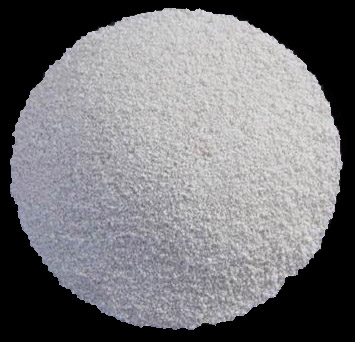Product Search
Quickly find the product you need
Products List
Refractory Knowledge
- Pollution and treatment in the production
- the development of the refractory brick i
- Aggregates Used For the Production of Ins
- Refractory material production process
- Thermal Shock Resistant Fireproof Heat In
- The Use of Mullite Insulation Bricks
- Manufacturing process of fire clay insula
- Pros and cons of lightweight mullite bric
- Classification of mullite insulation bric
- Production Process Methods of Refractory
Products List
- Phone:0086-370-63838939
- Email:sales@sunriserefr.com
- Office Address: No.36 Fengchan Road Of Zhengzhou, Henan, China (Mainland)
Aggregates Used For the Production of Insulation Bricks
Date:2016-01-14 11:45 | From:Zhengzhou Sunrise Refractory | Author:admin
Aggregates are the loose granular materials that serve as reinforcement to add strength to the overall insulation bricks. Aggregates used for the production of insulation bricks mainly include

1) Refractory bubbles
Refractory bubbles include alumina bubbles and zirconia bubbles. Alumina bubbles are made of industrial alumina by melting it in an electric arc furnace and blowing the melt into bubbles. Its main crystalline phase is α-Al2O3. It contains more than 98.5% Al2O3 and less than o.5 SiO2 and Fe2O3. The bubble particles are white, hollow, thin-walled spheroids.
2) Cenosphere
Cenospheres are ceramic microspheres, typically produced as a byproduct of coal combustion at thermal power plants. They are off-white, lightweight, hollow and thin-walled, which closed and smooth surface. Cenospheres can have quite different properties due to the quality of coal and combustion conditions.
3) Porous clinker
Porous clinkers are made of hard clay ore or aluminum ore by processing and calcining. First, ores are milled and processed into balls on a pan granulator after combustion substances and binders are added. Then balls are loaded into the kiln and fired at 1350-1460 ° C to obtain porous clinkers.
4) Porous mullite
Porous mullite is made of natural raw materials by firing at high temperature. The crystalline phase is mainly mullite and well grown. The acicular crystals are interleaved with each other to form a network structure.
5) Ceramisite
Ceramisites are spherical porous particles made of fusible clay, shale, fly ash and coal gangue by firing. It has rough and hard ceramic-like surface and honeycomb inner structure with closed micropores. It has low bulk density, low thermal conductivity and high strength. It is an excellent artificial lightweight aggregate and has found a wide application.

